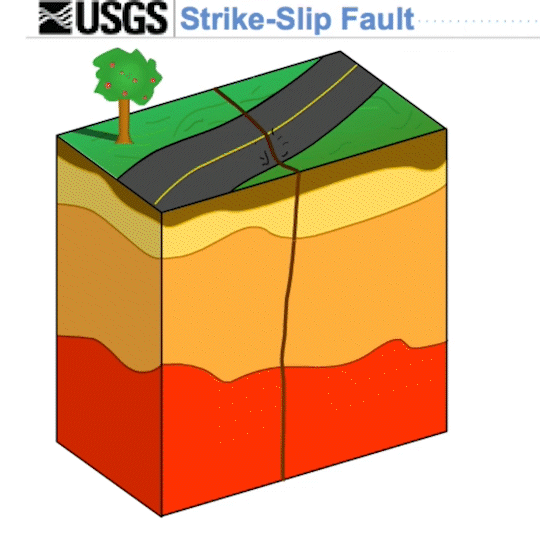On February 6th, 2023, a 7.8 magnitude earthquake struck the Turkey-Syria border, with the epicenter at Pazarcık and Elbistan.
The death toll has now amounted to over 50,000 in Turkey and northwest Syria. According to the UN, 1.5 million people are now homeless in Turkey.
When a devastating event has occurred across the world, it tends to feel so distant. It is important to keep in mind the weight of what has occurred. Sometimes perspective can help.
50,000 people have died due to this earthquake. Consider the population of Littleton, Colorado: 46,000 in 2020. The number of people affected in Turkey is 20 million. This is the same number of people as the population of New York State. A total of 30 million people are estimated to be affected in both Turkey and Syria, which is the same as the population of the state of Texas. [Source: Al Jazeera].
The Turkey-Syria border exists on a fault, a fracture in the Earth’s tectonic plates. Earthquakes most commonly occur at Earth’s faults, where the blocks move rapidly. The Turkey-Syria Earthquake was a Strike-Slip Fault, meaning the objects move horizontally against each other.

The affected faults are the Dead Sea Transform, East Anatolian Fault, and the Çardak–Sürgü Fault.
≥10,000 aftershock waves have occurred since February 6th. Aftershocks are smaller earthquakes that occur after an initial tremor, and can be large enough to cause additional damage—especially at this frequency.
Here are some ways to help.
Donate to UNICEF
Donate to the Turkish Red Crescent
Donate to Doctors without Borders
More information on PBS.org





